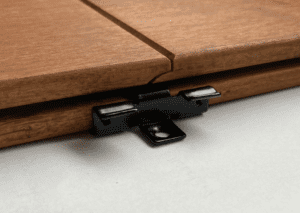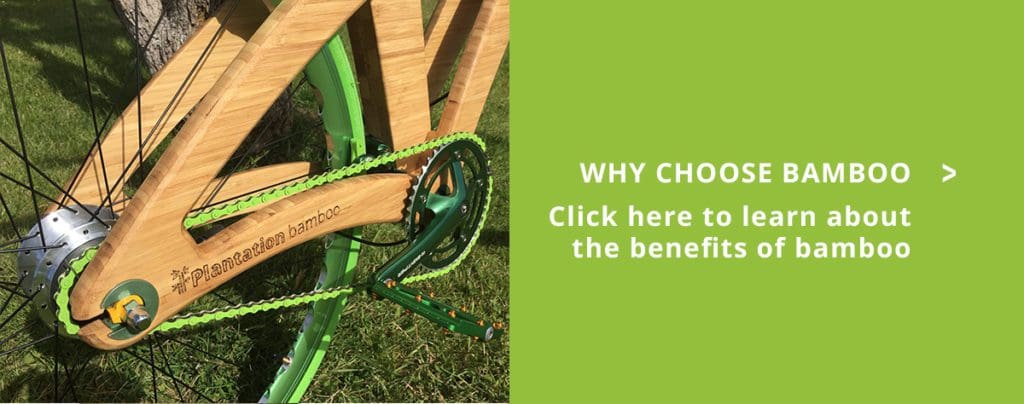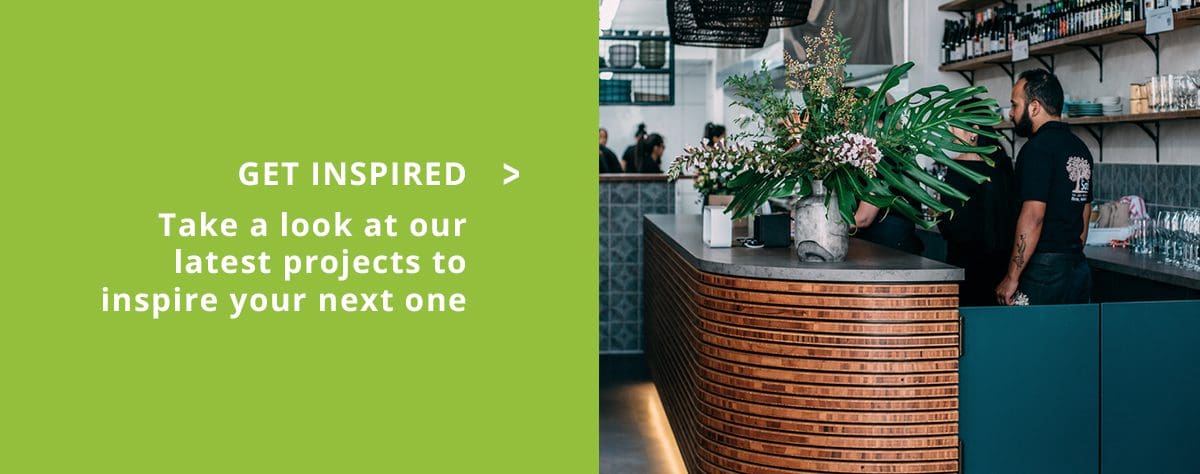Bamboo vs Timber Decking: Which is Better for NZ Homes?
When you’re planning your dream outdoor living space, the decking material you choose will shape not only the look of your space but how it performs for years to come.
For decades, timber decking has been the go-to option — it’s familiar, natural, and classic. But in recent years, bamboo decking has become a popular alternative for Kiwi homeowners who want something that’s both stylish and sustainable.
So, which comes out on top? Let’s take a closer look at the key differences between bamboo and timber decking.
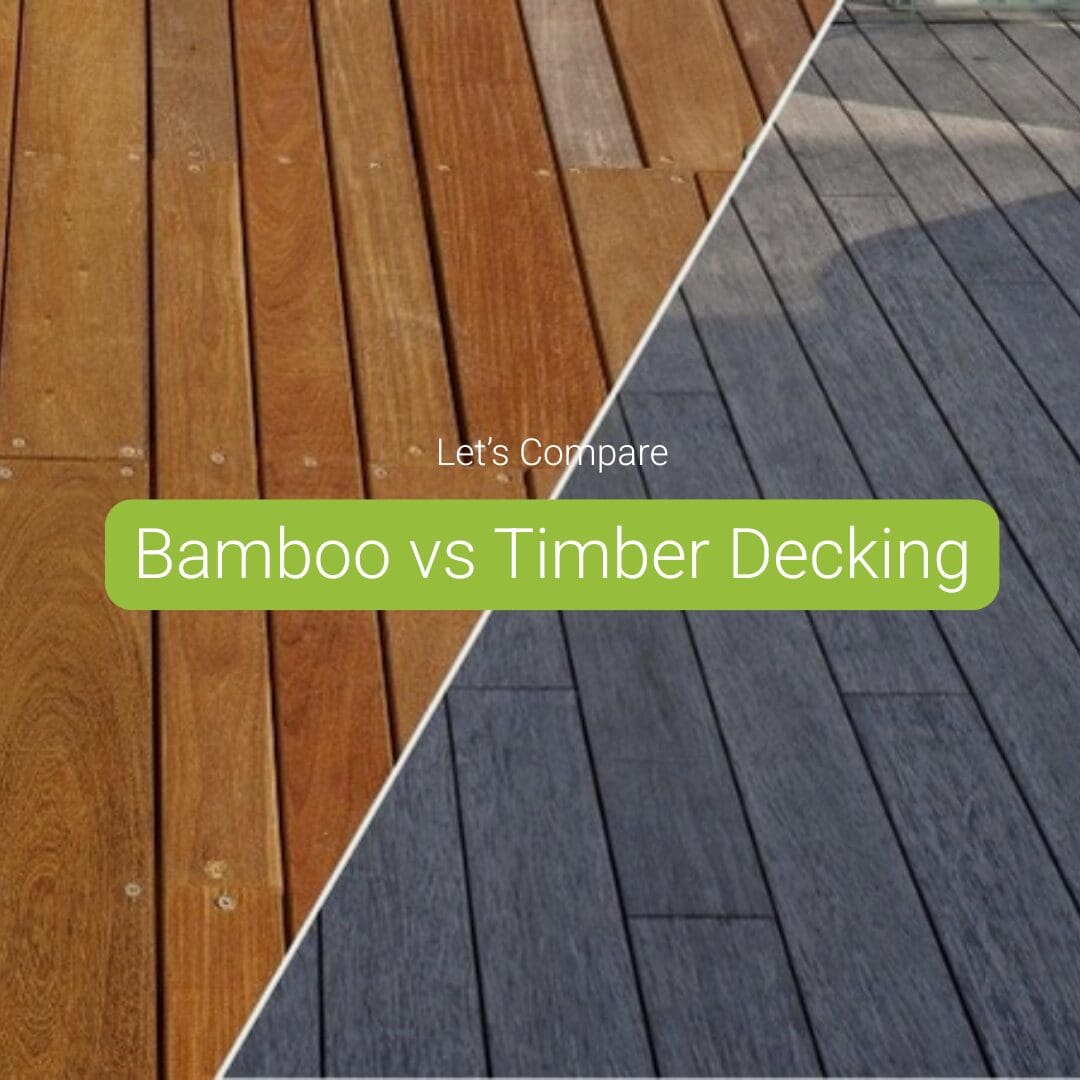
1. Sustainability and Environmental Impact
Traditional timber decking is milled from trees that can take decades to mature. Even when responsibly sourced, it places demand on slow-growing hardwood forests.
Bamboo, on the other hand, grows rapidly — reaching full maturity in just four to five years. It’s a renewable resource that regrows after harvesting, making it one of the most environmentally responsible choices available. Choosing bamboo helps reduce pressure on global hardwood supplies while supporting a more sustainable building industry.
2. Durability and Performance
Not all timbers are created equal. Hardwoods can be tough but may still split, warp, or swell over time — especially in New Zealand’s varied climate. Softer timbers, while cheaper, generally don’t last as long outdoors.
Bamboo decking is engineered and thermally treated for superior stability. It performs exceptionally well in outdoor conditions, resisting moisture, swelling, and shrinkage. The result is a dense, hard-wearing surface that holds its shape and appearance for decades.
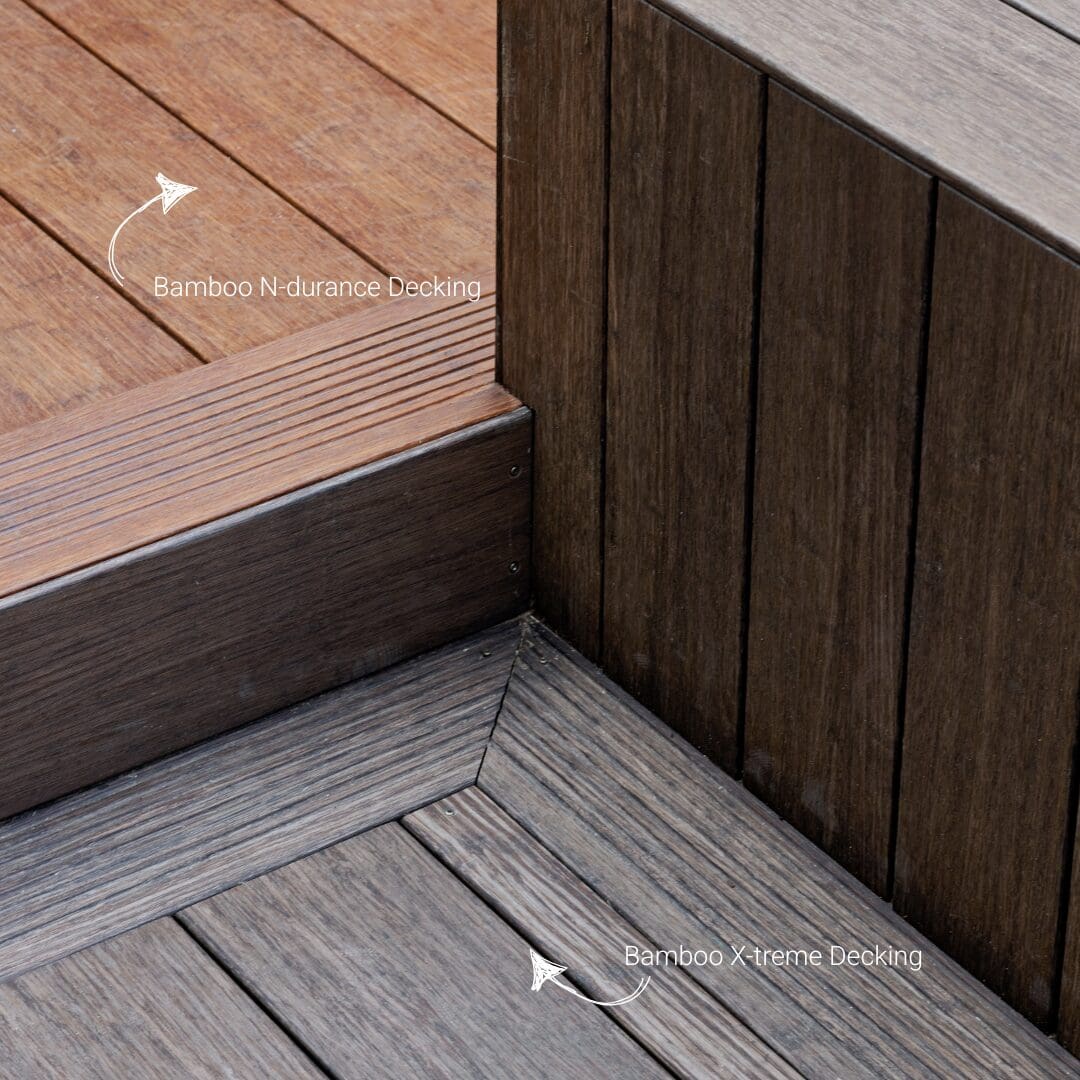
3. Maintenance and Upkeep
Keeping timber decking in top condition usually means regular oiling, staining, and treatment to protect it from insects, mould, and weather damage.
Bamboo decking is designed to make life easier. It requires minimal maintenance — just a simple clean and, if you prefer, an occasional light re-oil to refresh the surface. That’s it. Less time maintaining means more time enjoying your outdoor space.
4. Aesthetics and Design Appeal
Timber has long been admired for its warmth and natural character. Different species offer unique grain patterns and tones, from rich jarrah reds to pale pine hues.
Bamboo offers a sleek, modern take on the same natural beauty. It has a smooth, consistent surface with the same warmth as timber, but a more refined finish. Over time, it naturally weathers to a soft silvery-grey — much like high-end hardwoods used in premium architectural projects.
5. Installation and Fixings
Traditional timber decks are usually nailed or screwed down, which leaves visible fixings and often takes more time to install.
Bamboo decking uses a clever hidden-clip system. It creates a seamless, screw-free finish that looks clean and contemporary — and it speeds up installation. The tongue-and-groove end-matching also reduces waste and cutting compared to traditional timber boards.
6. Cost and Long-Term Value
Timber decking prices vary widely depending on the species. While softwoods may seem cost-effective upfront, ongoing maintenance and a shorter lifespan can make them more expensive in the long run.
Bamboo decking typically sits in the mid-to-premium price range. But its strength, low upkeep, and long-term durability make it a cost-effective investment over time — a deck that looks better for longer and costs less to maintain.
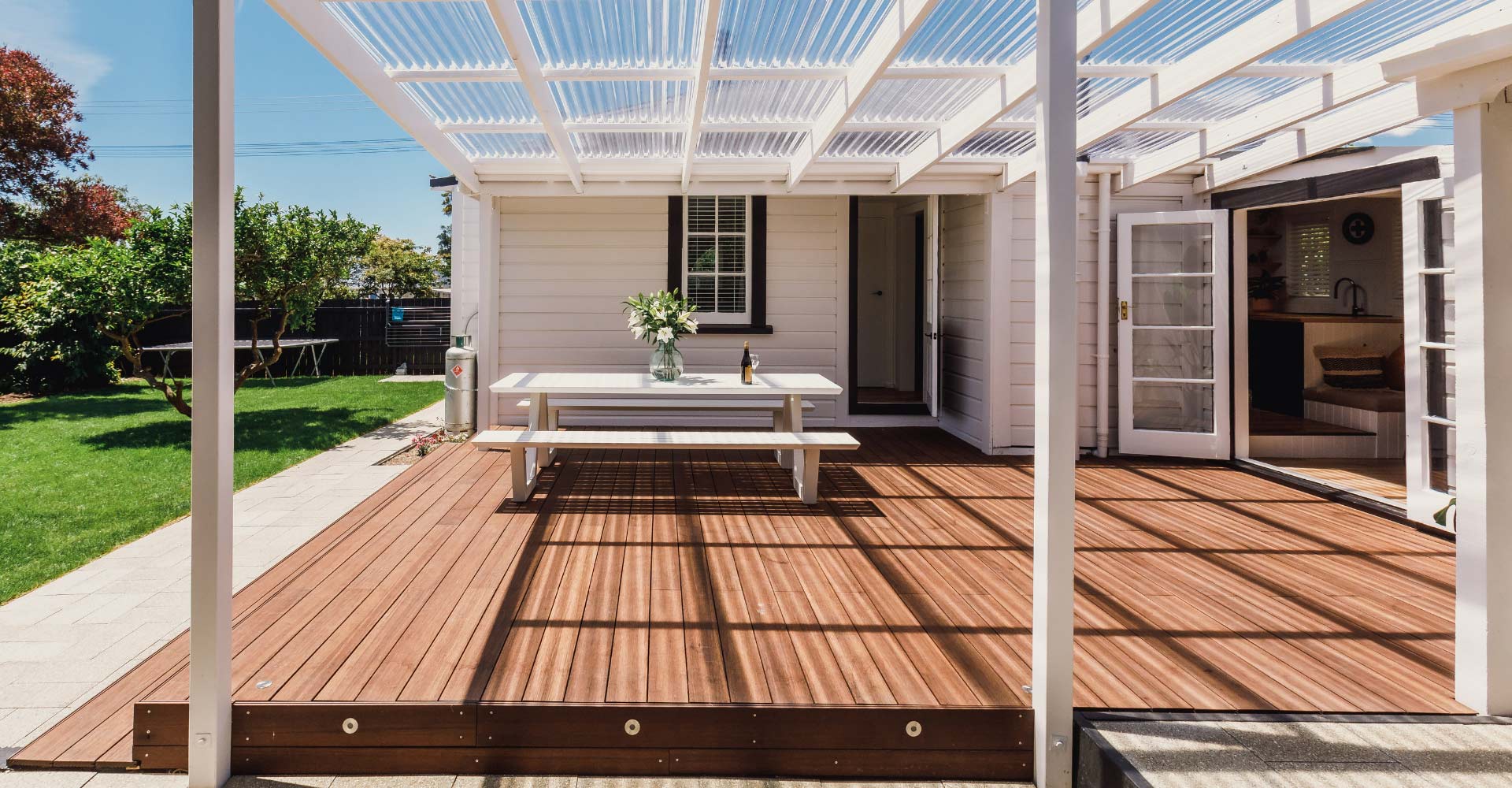
Final Verdict: The Smart Choice for Modern Decks
Timber will always have its place, but bamboo is leading the way as the future of decking. It’s strong, sustainable, low-maintenance, and built for New Zealand conditions. With design features like hidden fixings and exceptional stability, bamboo combines natural beauty with modern performance.
If you’re planning a new deck, it’s worth seeing the quality for yourself.
